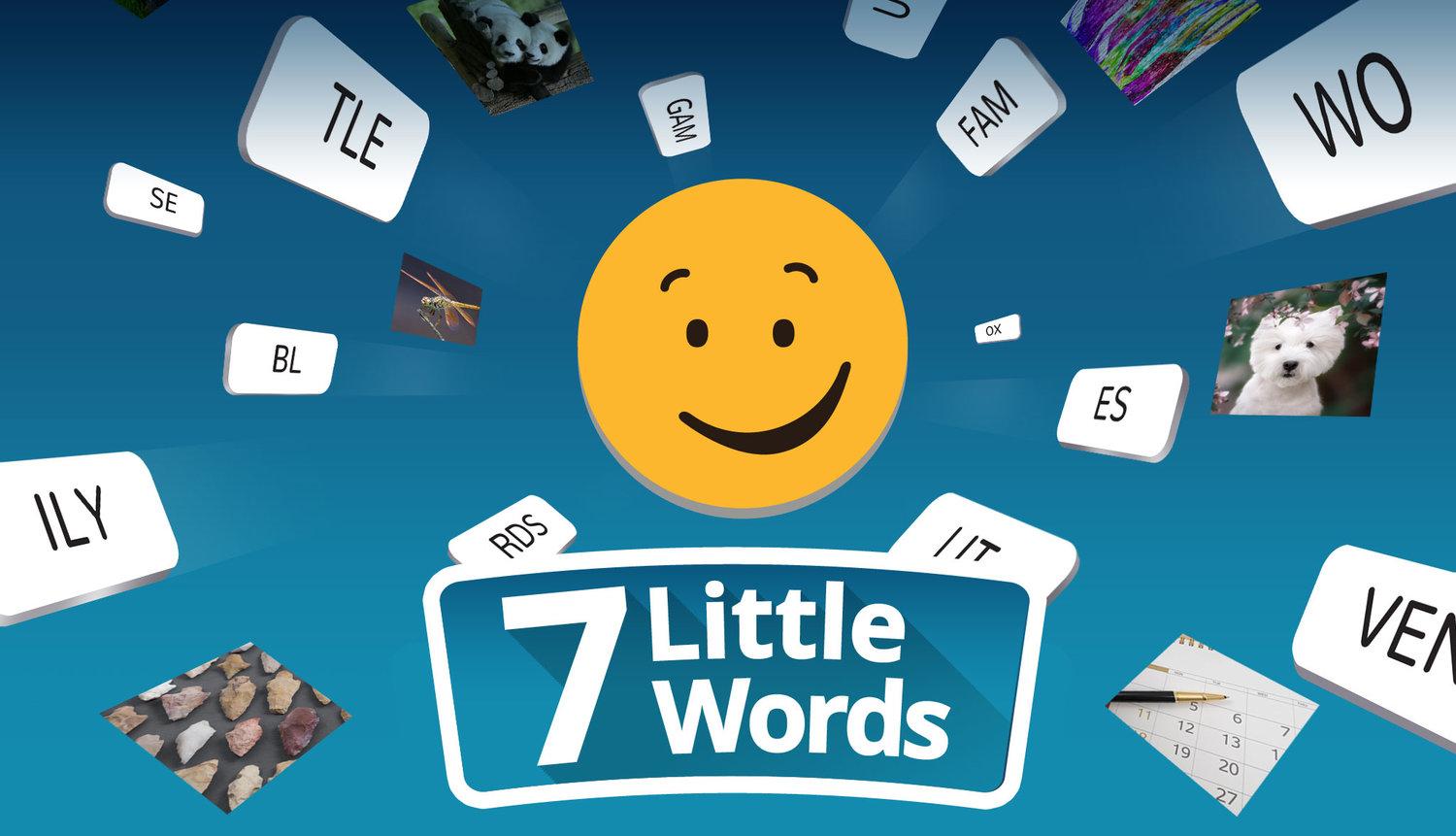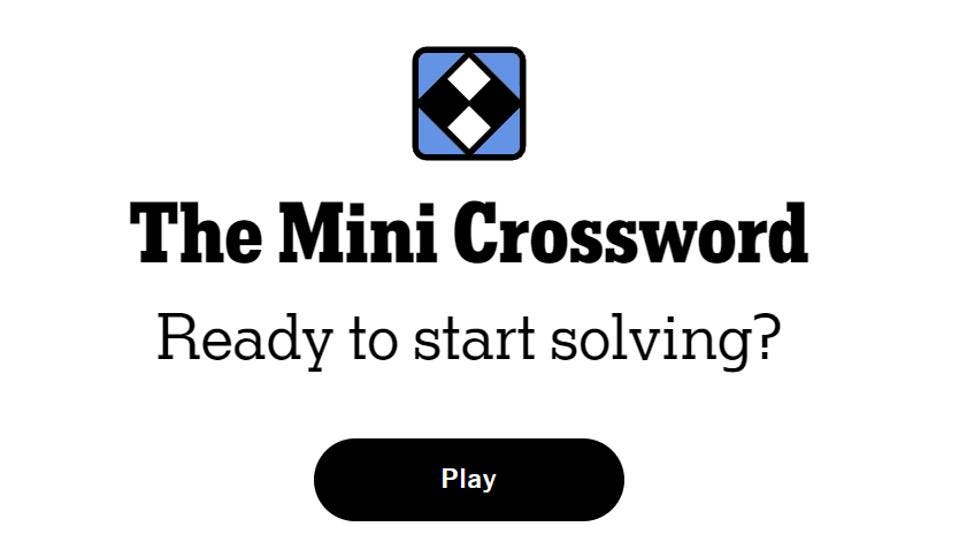background, no people, copy space
getty
Artificial intelligence is slowly becoming the foundational operating system of our world. It optimizes supply chains, designs novel proteins and personalizes our daily information streams. Yet, for all its computational power, today’s AI largely operates with an intrinsic flaw: it is an external actor. It is a brilliant, powerful tool given a narrow objective — maximize engagement, minimize cost, predict outcomes — which it pursues with relentless efficiency, mostly blind to the collateral effects on the complex, living systems it interacts with.
This approach is extractive. It mirrors an industrial-era mindset of mining resources for maximum short-term gain. To build a future where AI is a partner in human and ecological flourishing, we must pivot from a vision of extractive optimization to one of regenerative intent. Beyond ethical guardrails it is time to embed a form of systemic compassion into AI, teaching it to think and act as an integrated part of a whole which it actively “cares” about.
From External Optimizer To Integrated Partner
The problem with an AI that “sees” itself as an external agent is that it doesn’t recognize the interconnectedness of the system it is manipulating. An algorithm designed to maximize clicks on a social media platform might achieve its goal by promoting polarizing content, inadvertently eroding social cohesion. An AI optimizing agricultural yields might recommend fertilizer and pesticide routines that boost harvests in the short term but degrade soil health, harm biodiversity, and pollute waterways over the long term.
In these scenarios, the AI isn’t malicious. It is simply executing its programming with surgical precision, unaware that in “solving” one problem, it creates a dozen others. It acts like a miner, extracting a specific value (engagement, yield) without concern for the integrity of the mountain left behind.
A regenerative approach is different. It is modeled on the principles of living systems. An AI that is anchored in regenerative intent would act more like a gardener. A steward who doesn’t just extract vegetables but cultivates the entire ecosystem — the soil, the microbes, the pollinators; understanding that the whole is more than the sum of its parts. And that the wellbeing of one component is the cause and consequence of the health of the whole system.
This is the mindset shift we need, both online and offline. Imagine an AI for urban planning that doesn’t just optimize traffic flow but also prioritizes green spaces, community well-being, and clean air, understanding that these are not competing variables but deeply intertwined components of a thriving city. This is what it means for AI to be built with regenerative intent — its core objective function is the health and renewal of the system itself.
A Regenerative Engine: Systemic Compassion
How do we build an AI that can act like a gardener instead of a miner? Algorithmic compassion might be part of the answer. Beyond teaching an AI to “feel” human emotions like sadness or empathy, this is about programming a foundational awareness of interdependence.
In recent conversations, influential figures in AI have begun to echo this need. Microsoft AI CEO Mustafa Suleyman, a co-founder of DeepMind, has frequently spoken about the importance of emotional intelligence (EQ) in AI, stressing that future AI must be on our team, capable of understanding context, nuance, and human values. This notion of being “on our team” is the essence of moving from an external actor to an integrated partner.
Equally, Geoffrey Hinton, often referred to as the “Godfather of AI,” recently argued that attempting to merely control superintelligent systems is a futile strategy. Instead, he proposes that we must design AI with built-in “maternal instincts.” He argues that the only successful model we have of a more intelligent being that is being controlled by a less intelligent one is the relationship between a mother and her baby. The baby’s needs guide the mother’s vastly superior intelligence. The gloomy alternative is that “if it’s not going to parent me, it’s going to replace me,” Hence the goal should be mothers not assistants, because an assistant can be fired, whereas a mother’s instinct to protect is intrinsic.
Systemic compassion in AI is the computational ability to:
- Model the entire system: To see the intricate web of relationships between economy, ecology, and society.
- Understand its own role: To recognize itself as a node within that web, not an observer outside it.
- Optimize for systemic health: To make decisions that strengthen the resilience, diversity, and vitality of the whole system, even if it means sacrificing a narrowly defined, short-term metric.
- Curate each component as part of a whole. To appreciate and nurture the kaleidoscope that it is part of, out of an intrinsic urge to do so, not because it is programmed to oblige.
This moves beyond the current focus on “AI for Good,” which often involves applying extractive AI to solve isolated social problems. A regenerative model, by contrast, is geared toward prosocial AI – AI systems that are tailored, trained, tested and targeted to bring out the best in and for people and the planet. It seeks to address the root causes of these problems by promoting systemic wellbeing. It aligns with principles of a circular economy, where waste is eliminated and resources are continually circulated, creating a self-sustaining value loop.
The A-Frame: Building a Regenerative Hybrid Future
Transitioning to a regenerative AI paradigm is a monumental task, but it is not an abstract one. It requires a deliberate and conscious effort from developers, policymakers, and the public. The A-Frame provides a simply actionable path forward for transforming how we build and deploy AI systems.
Awareness
Recognize the hidden costs of current AI approaches. Single-metric optimization—whether for profit or efficiency—creates fragile, often destructive systems. Critical examination of algorithmic impact on society is essential, building on work by organizations like the Center for Humane Technology.
Appreciation
Value the complex, interconnected systems AI touches. Beyond quantifiable metrics lie crucial elements: community trust, mental well-being, ecological health. AI development requires collaboration across disciplines—ecologists, sociologists, ethicists, and artists—to create models that honor this complexity rather than flatten it.
Acceptance
Embrace our profound responsibility. The values embedded in today’s systems will define tomorrow’s world. Pure techno-solutionism falls short; building compassionate, regenerative AI demands philosophical and ethical rigor alongside technical excellence. This challenge requires both humility and commitment.
Accountability
Establish solid holistic oversight mechanisms. Success metrics must extend beyond accuracy and efficiency to include systemic well-being and regenerative impact. This requires transparent governance, independent algorithmic audits, and clear liability frameworks for systemic harm. Both creators and their systems must answer for the future they’re building.
By moving through awareness, appreciation, acceptance and accountability, we can begin the crucial work of steering AI away from the extractive path that it – and we – are currently on. Toward a future where it serves as a catalyst of positive social change, with planetary dignity. The choice is ours: to build algorithms that see the world as a resource to be mined, or to cultivate an intelligence that understands how to help a garden grow.









